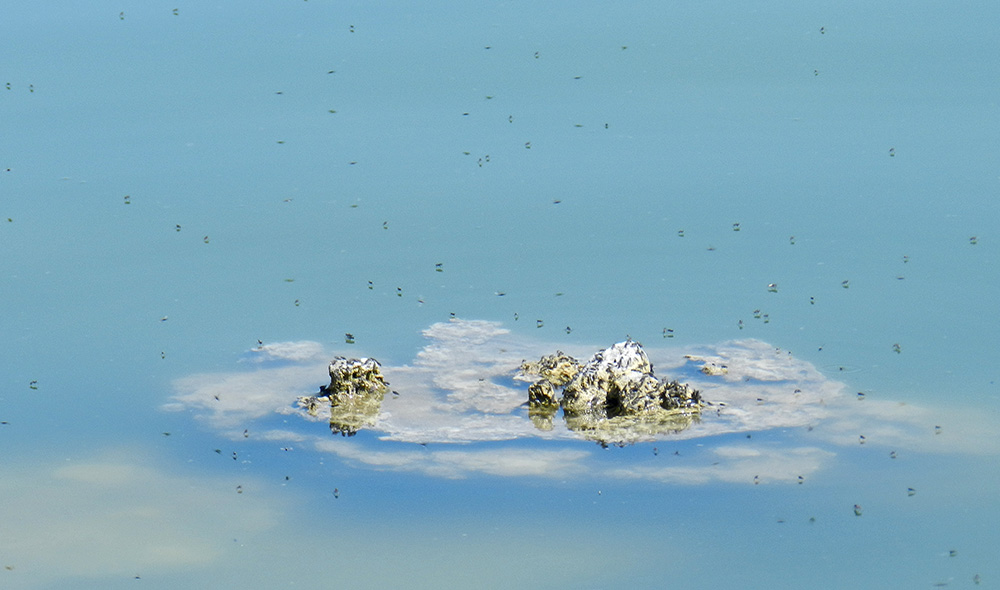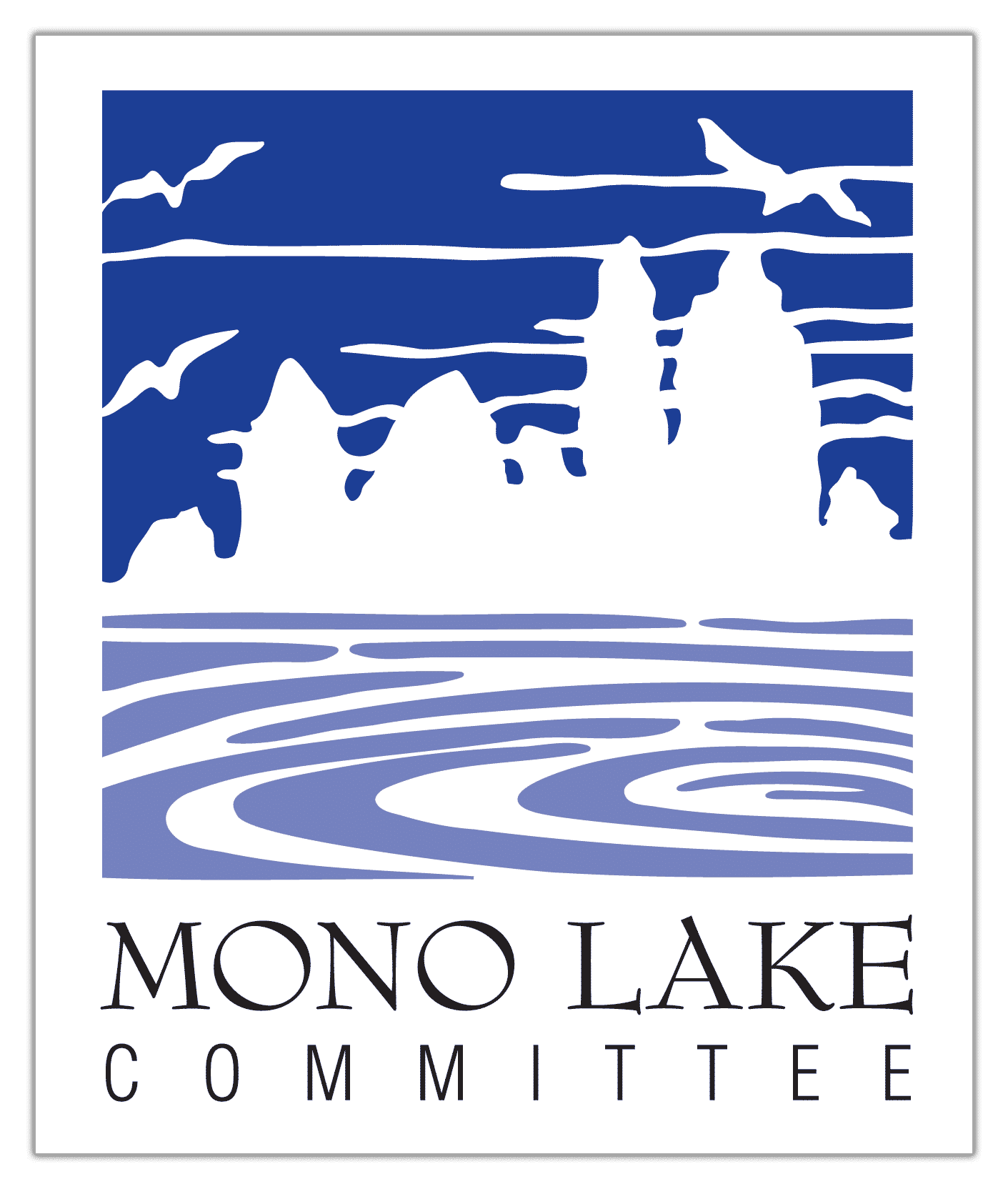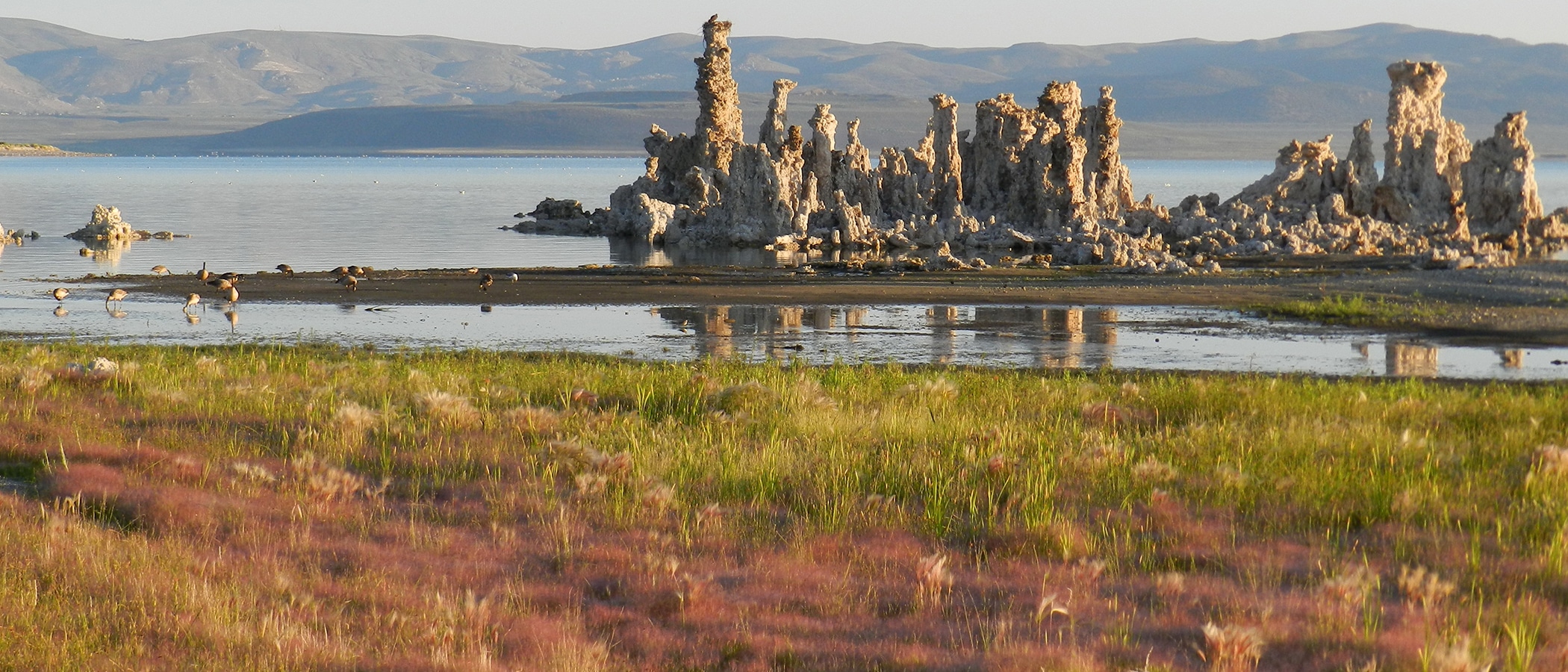
This post was written by Sandra Noll, Birding Intern in 2014, 2015, & 2016.
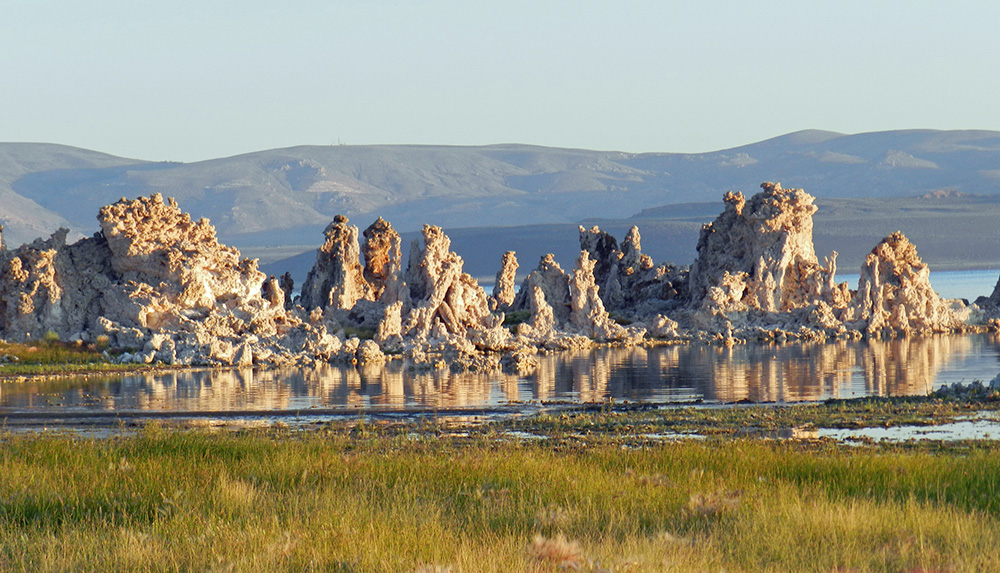
With less than a month remaining in my summer internship with the Mono Lake Committee, I am drawn to revisit the essence of this unique place.
Mono Lake is a vast, hyper-saline, hyper-alkaline terminal lake. It indulges intense mood swings while comfortably nestled within the mostly-arid Mono Basin now resplendent with aromatic Great Basin sagebrush and yellow-flowered rabbitbrush. Striking mountains and rolling hills surround the basin. Riparian corridors of freshwater streams feeding the lake are green and lush thanks to restoration efforts and the unexpected bounty of spring and summer rains. One’s eye is refreshed at every turn.

The lake itself is hauntingly beautiful, its shoreline punctuated by sculpted tufa groves initially formed underwater (calcium-rich freshwater springs channel upwards through faults to mix with carbonate-rich lake water, creating multiple porous layers of limestone), many exposed as the lake receded. Winds frequently churn the alkaline lake into whitecaps and foam. Rains and sunlight play across its vast silver-green-turquoise-blue surface; a kaleidoscope. The Mono Craters draw one’s eye into the lake toward its contrasting black (Negit) and white (Paoha) volcanic islands. A dynamic landscape.
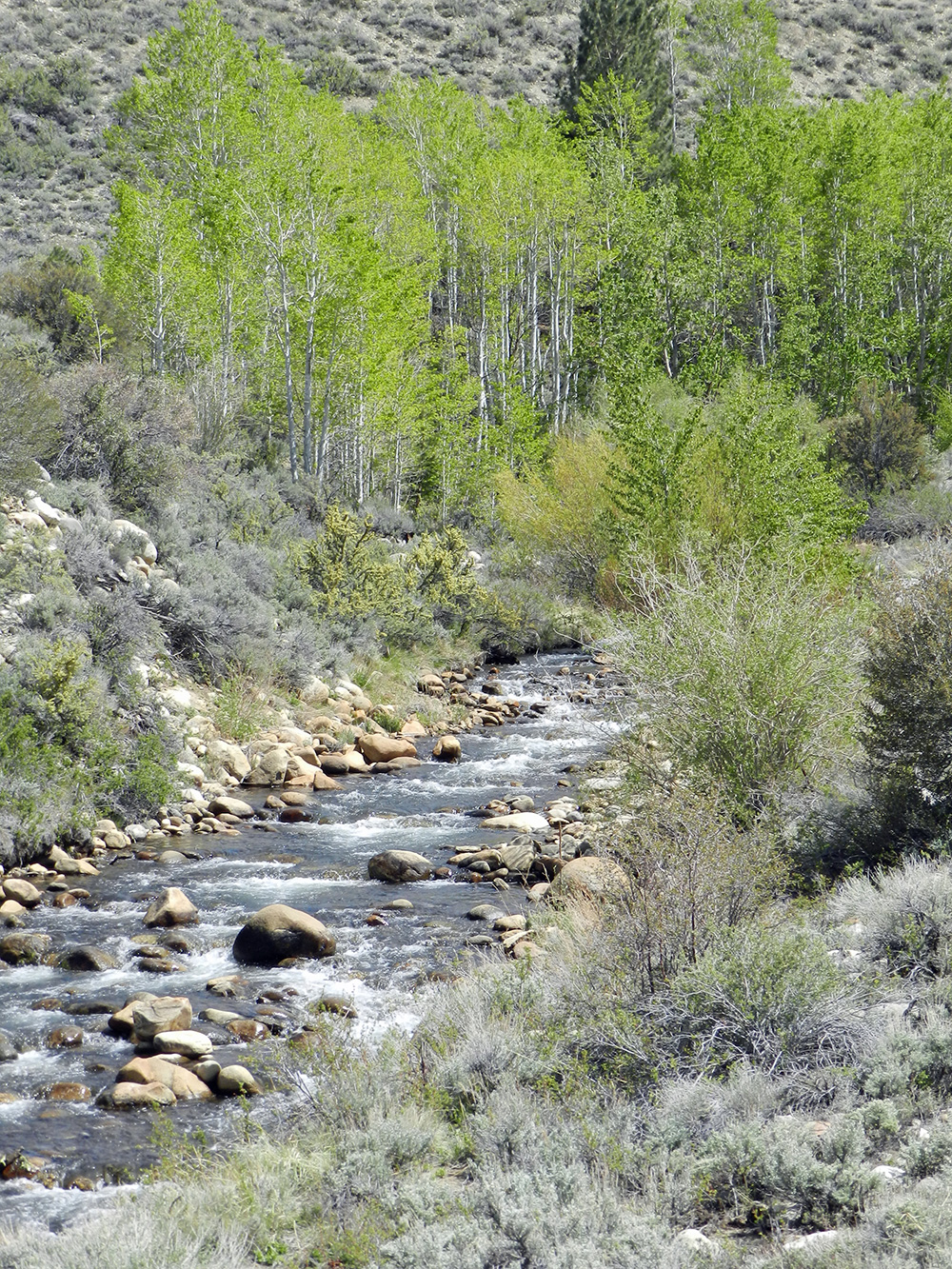
Mono Lake contains a simple, bountiful food-chain: An algae base nurtures billions of brine shrimp and alkali flies especially adapted for life in the lake’s caustic waters and their great numbers sustain hundreds of thousands of nesting and migrating birds. Those numbers include approximately 44,000 California Gulls which nest here, 100,000 phalaropes, and 1–2 million Eared Grebes, for which the lake provides a month-long molting and refueling station for on their late-summer migrations to the southern US, Mexico, and South America. Mono Lake is an acknowledged “internationally important bird area.”
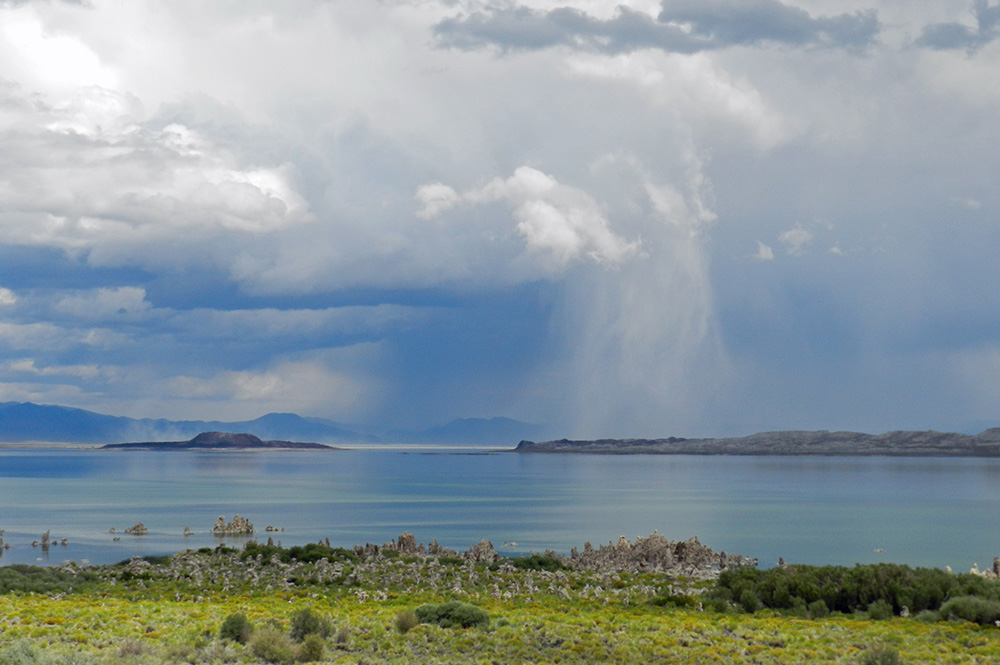
Twelve miles from Yosemite National Park’s east gate, the high country and its many fresh-water lakes beckon but Mono Lake and the basin always call me back. Its unique character attracts many US and international visitors. Some, like me, are drawn here by the reputation of the effective, grass-roots, member-funded Mono Lake Committee; others discover it while traveling through. Founded in 1978, the Committee continues to work for mutually-beneficial solutions to protect the lake over time while simultaneously restoring feeder streams and educating anyone with an inquiring mind—students and adult groups from Los Angeles attending outdoor education programs, folk seeking greater understanding of the area’s natural history through field seminars and Chautauqua offerings, as well as short-term visitors enjoying a variety of free tours of the lake and shoreline. It’s a diverse and interesting mixture of people.

It has been my privilege and pleasure to work with the Committee the past two summers and to explore the many wonders of this unique landscape. Long live Mono Lake!
